The hum of the elevator grew faint as it rose higher and higher, carrying me to the top of the Sapporo TV Tower. Through the glass, the snowy expanse of Odori Park began to stretch out before me, framed by the city skyline and distant mountains. At that height, the scale of the Yuki Matsuri (Sapporo Snow Festival) revealed itself as a parade of snow sculptures lining the park, with busy crowds admiring these fun and whimsical winter monuments. And there I was, happy to ignore my hatred of negative mercury digits just to enjoy one of the events I had been looking forward to see for the longest time.
Hokkaido‘s Yuki Matsuri has celebrated both tradition and creativity since its humble beginnings in 1950, when local high school students built a handful of sculptures, eventually growing into an international event that attracts millions of visitors annually. Today, the festival showcases everything from anime characters or pop culture icons to reimagined architectural landmarks, allowing Sapporo to transform its long, snowy winters into one of its most attractive cultural highlights.
A Brief History of the Sapporo Snow Festival
The Sapporo Yuki Matsuri began as a modest yet ambitious effort by local high school students, who erected six snow sculptures in Odori Park, coupled with singing and dancing events. What might have been a fleeting novelty instead captured the imagination of the residents, and over the following decades, this small community event grew into a spectacle of international renown. By the mid-20th century, the festival had begun to include large-scale sculptures and even a snow slide for children.
It wasn’t until the 1970s, however, that the festival achieved global attention, thanks in part to contributions from international teams and the media coverage surrounding Sapporo’s role as host of the 1972 Winter Olympics. Over time, participants from across the world joined Japanese teams in crafting enormous and detailed works of art, many of which required weeks of planning and construction. These collaborative efforts, combined with the support of the city and local businesses, elevated the festival to its current status as one of the most celebrated winter events in the world.
Main Venues and Highlights of the Sapporo Snow Festival
The Sapporo Yuki Matsuri is carried out annually typically between February 4 and February 11 or around these dates in these three main venues in Sapporo: Odori Park, the Susukino district, and the Tsudome site.
Odori Park
Odori Park is located next to Odori Subway Station or just a 14-minute walk from Sapporo Station. Here, the sheer scale of several snow sculptures defies belief. Spanning multiple blocks over 1.5 km, the park is transformed into an open-air gallery where sculptures range from whimsical recreations of anime characters, pop culture staples or detailed replicas of historical landmarks share space with more artistic sculptures.
Snow-related activities, musical stages, snow slides, and even a skating rink round up the space. At night, the scene is completely transformed as colorful illuminations add an almost dreamlike quality to the spectacle.
Susukino
The Susukino site, on the other hand, is a different kind of experience. Right next to Susukino Subway Station and along a few blocks on Sapporo Ekimae Dori, this venue is known for its ice sculptures rather than snow, and the district comes alive with crystalline displays carved into fantastical creatures with intricate patterns.
Depending on the time, sometimes you might notice sculptors carefully refining their creations, chiseling away imperfections, and ensuring the displays remained pristine despite the weather.
Tsudome
The Tsudome site is a bit further east, a 12-minute walk from Sakaemachi Subway Station, which is just six stops away from Sapporo Subway Station. Families gather here to enjoy snow slides, and other hands-on activities, creating a fun atmosphere for kids.
Practical Tips for Visitors at the Sapporo Snow Festival
Navigating the Sapporo Yuki Matsuri requires a little preparation, especially for those unfamiliar with winter conditions. A good pair of sturdy boots or shoes is a given, and still, the icy streets can turn even a short walk into a challenge if you’re not properly equipped. Some visitors opt to use rubber shoe attachments, and you can easily find them in several stores around the festival area. If you’re planning a trip, consider adding them to your packing list or picking up a pair on-site.
Another thoughtful feature of the city is the sandbag dispensers scattered around Odori Park, where visitors can grab a small bag of sand for free to sprinkle on icy patches of ground when it becomes too slippery.
For those seeking a reprieve from the cold, the nearby underground shopping mall, Pole Town, stretching from Susukino to Sapporo Station, offers many options for shopping or dining, or simply a chance to walk and warm up for when the weather becomes too much. And since we’re talking about dining, you cannot miss Ganso Sapporo Ramen Yokocho, a narrow ramen alley housing 17 small shops to get your fix of Sapporo’s famed miso ramen.
Timing your visit is also key to enjoying the festival at its best. While the sculptures can be appreciated any time of day, the illuminations in the evening add an entirely new dimension to the experience.
If you can, I recommend going up the Sapporo TV Tower twice, once during daylight to appreciate the park’s scale and once at night to see the sculptures bathed in vibrant colors.
Otaru Snow Light Path: A Nearby Winter Enchantment
If your schedule allows it and the timing is right, a great complement to your visit is just a short journey away from Sapporo, in the port city of Otaru. Held usually around similar dates, Otaru transforms into a luminous wonderland with its annual Snow Light Path Festival. In 2025 it’s scheduled for February 8 to 15, bathing the historic streets in the warm glow of countless snow candles, and creating an atmosphere that feels both timeless and magical.
The festival’s main attractions are centered around the Otaru Canal and the former Temiya Railway Line. Along the canal, floating glass spheres house flickering candles, casting gentle reflections on the water’s surface and illuminating the surrounding snow sculptures. Strolling beside these serene waters, one can’t help but feel transported to a different era. Meanwhile, the old Temiya railway tracks are lined with snow lanterns, their soft light guiding visitors through a path steeped in history.
The festival typically illuminates from 5pm to 9pm, offering ample opportunity to experience its charm.
Recommended Nearby Attractions in Sapporo
If it’s your first time in Sapporo, you may as well take your chance to visit other attractions that can enhance your trip to get a well-rounded experience.
Mount Moiwa Ropeway
Highly recommended if you have time. Rising above the city, this scenic cable car ride provides panoramic views of Sapporo and the snowy mountains surrounding the area. Enjoy a warm drink and take in the impressive views from the observation deck.
Sapporo Beer Museum
For beer enthusiasts and those interested in Sapporo’s history and local culture. It’s located reasonably close to the festival sites and a nice look at the city’s brewing heritage, complete with tasting opportunities that highlight why Hokkaido is considered one of Japan’s beer capitals.
Nakajima Park
This urban park is just a short subway ride from central Sapporo. Some may enjoy the quiet beauty of the park blanketed in snow, but it’s also noteworthy for highlights within the park, such as Sapporo Gokoku Shrine 札幌護國神社 and its solemn atmosphere, or Hohei Kan 豊平館, a Western-style former guesthouse dating back to the Meiji era.
Getting to the Sapporo Snow Festival
Traveling from Tokyo to Sapporo for the Yuki Matsuri offers two primary options: flying or taking the Shinkansen. Each has its own advantages in terms of time, cost, and experience.
By Air: Flying is the quickest way to reach Sapporo. Flights from Tokyo’s Haneda or Narita airports to New Chitose Airport near Sapporo take approximately 1.5 hours. Ticket prices vary depending on the airline and booking time, ranging from around 7,640 yen to 47,640 yen for a one-way trip. Upon arrival at New Chitose Airport, it’s a 40-minute train ride to Sapporo Station, costing about 1,150 yen.
By Shinkansen: For those who prefer scenic travel, the Shinkansen can be a memorable journey. The trip involves taking the Tohoku-Hokkaido Shinkansen from Tokyo Station to Shin-Hakodate-Hokuto Station, which takes approximately four hours. From there, a transfer to the Limited Express Super Hokuto train brings you to Sapporo in about 3.5 hours. The total one-way fare is around 31,820 yen, and the entire journey takes approximately 7 to 7.5 hours.
The Sapporo Snow Festival may only last a few days, but its impact lingers long after the sculptures melt away. The sight of towering snow creations, the crisp winter air filled with the scent of sizzling Hokkaido seafood, and the quiet moments of watching lanterns flicker against the snow create an experience that stays with visitors well beyond their time in Sapporo. This festival showcases how the city transforms deep winter into something remarkable, providing a chance to embrace the cold, admire the skill behind each creation, and experience a season that Hokkaido makes entirely its own.
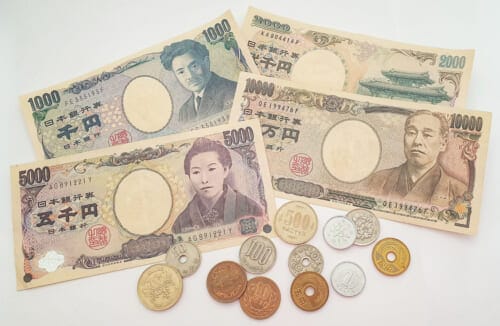
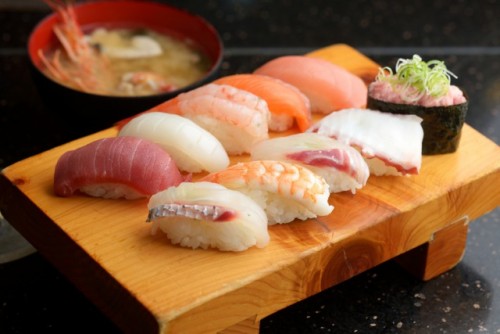
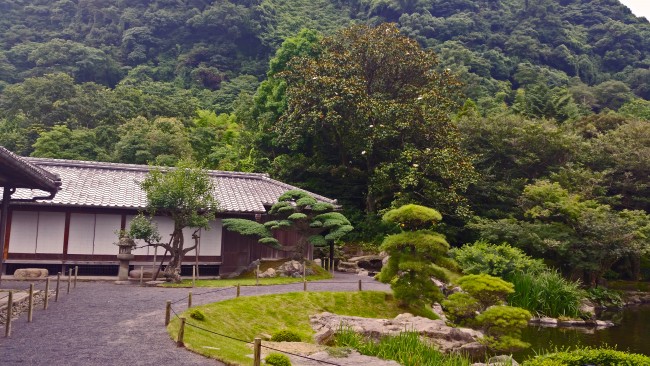
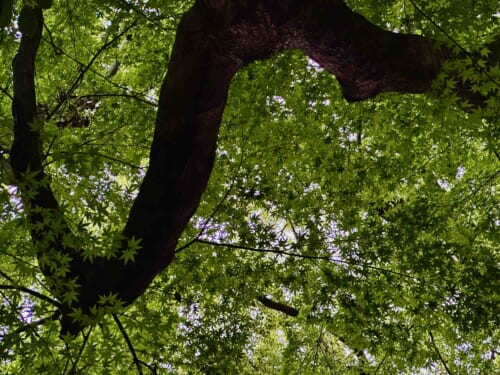
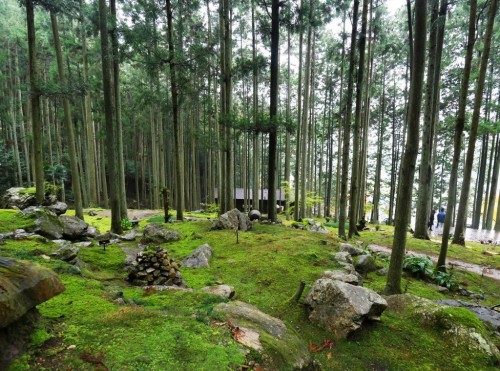


No Comments yet!